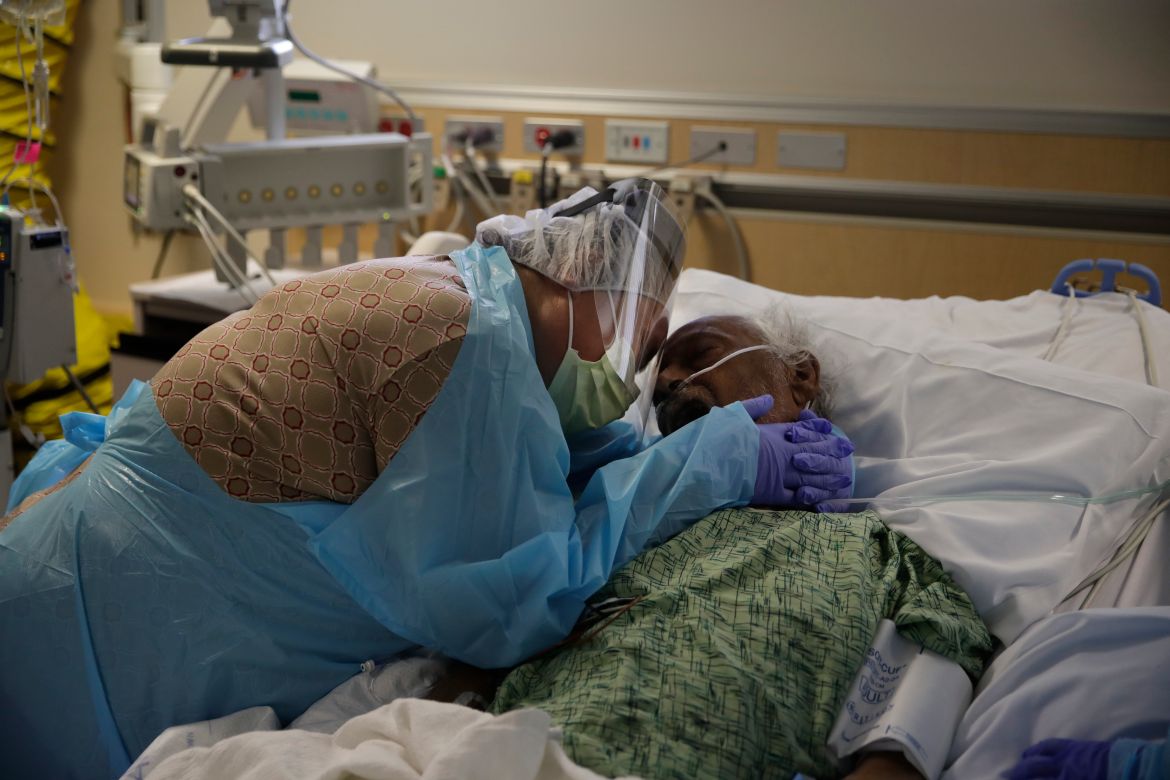In Pictures
In Pictures: A look at COVID-19’s effects as deaths hit 1 million
As one million coronavirus related deaths have been recorded worldwide to date, the pandemic is far from over with the toll continuing to climb.

As it made its way across the globe this year, the coronavirus pandemic sank economies and transformed social interaction. It shut schools and businesses, stopped the sports and entertainment industries dead in their tracks, and even brought down the Olympic Games.
And it killed. One million deaths have been recorded worldwide to date, according to data tracked by Johns Hopkins University.
The effects were global – but also personal. The virus changed how people socialised and shopped, worked and dressed. It changed how they cared for their loved ones and how they mourned them.
It even changed the language they used. The word “hero” was employed with more frequency – and the definition expanded to include delivery and sanitation workers, cleaners and waiters. And, of course, healthcare workers, who in China and Italy, Iran and South Africa, the United States and Brazil toiled in hazmat suits for hours on end to treat the sick.
The virus changed how people interacted and how they thought about interaction. People isolated to stay healthy – and then worried about what isolation was doing to their health.
In Spain, one of the hardest-hit countries, nursing home residents were shut off from the outside world for months in an effort to protect them. When visitors were allowed again, husbands and wives pressed lips to plastic sheeting for several minutes; mothers and daughters clutched each other through the film.
Many people were unable to say goodbye to their loved ones because of restrictions at hospitals; others held them in their final moments, draped head-to-toe in protective gear. Funerals were small and sterile affairs – if they happened at all.
And still the pandemic is far from over. The death toll is climbing by about 5,000 a day, a death every 17 seconds somewhere in the world.














